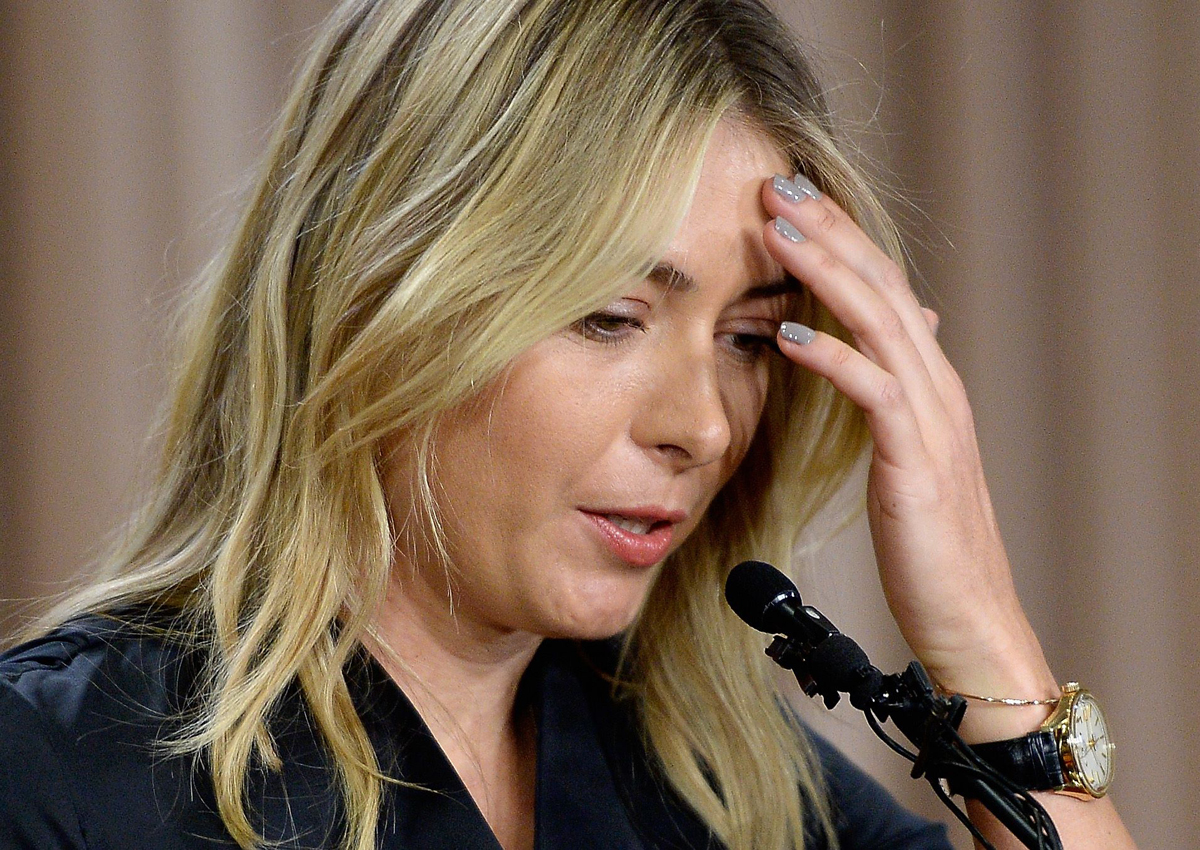When Maria Sharapova admitted earlier this week that she had failed a drug test at the Australian Open, she hoped her explanation-that she didn’t know a drug she had used for a decade was recently banned-would garner a lenient sentence and support from the tennis community.
As more details have emerged, though, it’s clear that the 28-year-old Sharapova is facing the most difficult challenge of her career, against both anti-doping authorities and the so-far unsympathetic opinions of her colleagues on the tennis tour.
Sharapova said she had taken Mildronate, the brand name of a Latvian-made cardiac drug called meldonium, since 2006. She said her family doctor recommended it because of recurring illnesses, low magnesium, irregular electrocardiogram results and a family history of diabetes.
“I made a huge mistake,” Sharapova said in a press conference in Los Angeles on Monday. “I have to take full responsibility for it because it’s my body.” Related Video Nike, Porsche and TAG Heuer became the latest sponsors to distance themselves from Maria Sharapova, a day after the tennis star said she failed a drug test at this year’s Australian Open. Photo: Reuters
Meldonium was on the World Anti-Doping Agency’s watch list last year and banned as of Jan. 1 of this year after studies suggested it could enhance performance. The ban was first announced last September. In a Facebook letter posted Friday to her fans, Sharapova said that the Dec. 18 notification she received about changes to the doping code was buried inside an email. “I think most people would call it too hard to find,” she said. She tested positive for meldonium after losing in the quarterfinals of the Australian Open and was notified by the International Tennis Federation.
Read the full article here
OTHER WSJ.COM STORIES:







